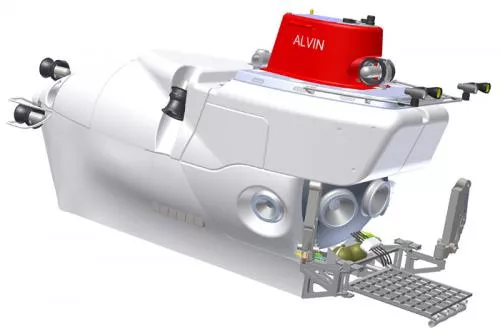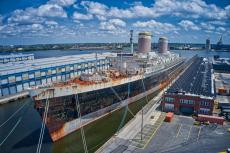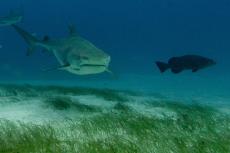Alvin: Follow progress of the upgrade live
Alvin is the world’s longest-operating deep-sea submersible. It was launched in 1964 and has made more than 4,600 dives, along the way, participating in some of the most iconic discoveries in the deep ocean. Throughout 2011 and into 2012, Alvin will undergo a comprehensive overhaul and upgrade funded by the National Science Foundation that will greatly expand its capabilities and eventually put almost the entire ocean floor within its reach.
Alvin is owned by the US Navy and is operated by Woods Hole Oceanographic Institution (WHOI) through the National Deep Submergence Facility. The facility provides marine scientists with access to the deep ocean with Alvin, as well as the remotely operated vehicle, Jason, and the autonomous underwater vehicle, Sentry.
Alvin’s most famous exploits include locating a lost hydrogen bomb in the Mediterranean Sea in 1966, exploring the first known hydrothermal vent sites in the 1970s, and surveying the wreck of RMS Titanic in 1986. In its final series of dives before the current upgrade period, Alvin explored deep-sea biological communities in the Gulf of Mexico near the site of the Deepwater Horizon blowout and oil spill.
The upgrade will take place in two stages. After stage one is complete in 2012, Alvin will boast several new improvements, including:
* A new, larger personnel sphere with an ergonomic interior designed to improve comfort on long dives
* Five viewports (instead of the current three) to improve visibility and provide overlapping fields of view for the pilot and two observers
* New lighting and high-definition imaging systems
* New syntactic foam providing buoyancy
* Improved command and control system.
Several of these and other improvements to the sub will be designed to withstand descents to 6,500 meters—the remainder will be upgraded later. As a result, Alvin will initially maintain its current diving capability of 4,500 meters. In stage two, the entire sub will be upgraded to 6,500 meters depth. In addition, new batteries will be added to enable the submersible to stay at depth longer, giving scientists more time to work in unexplored parts of the ocean and putting 98 percent of the seafloor within their reach.
- Log in to post comments




























